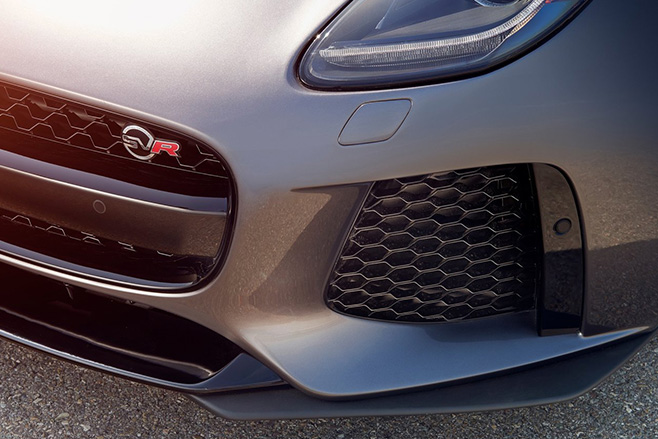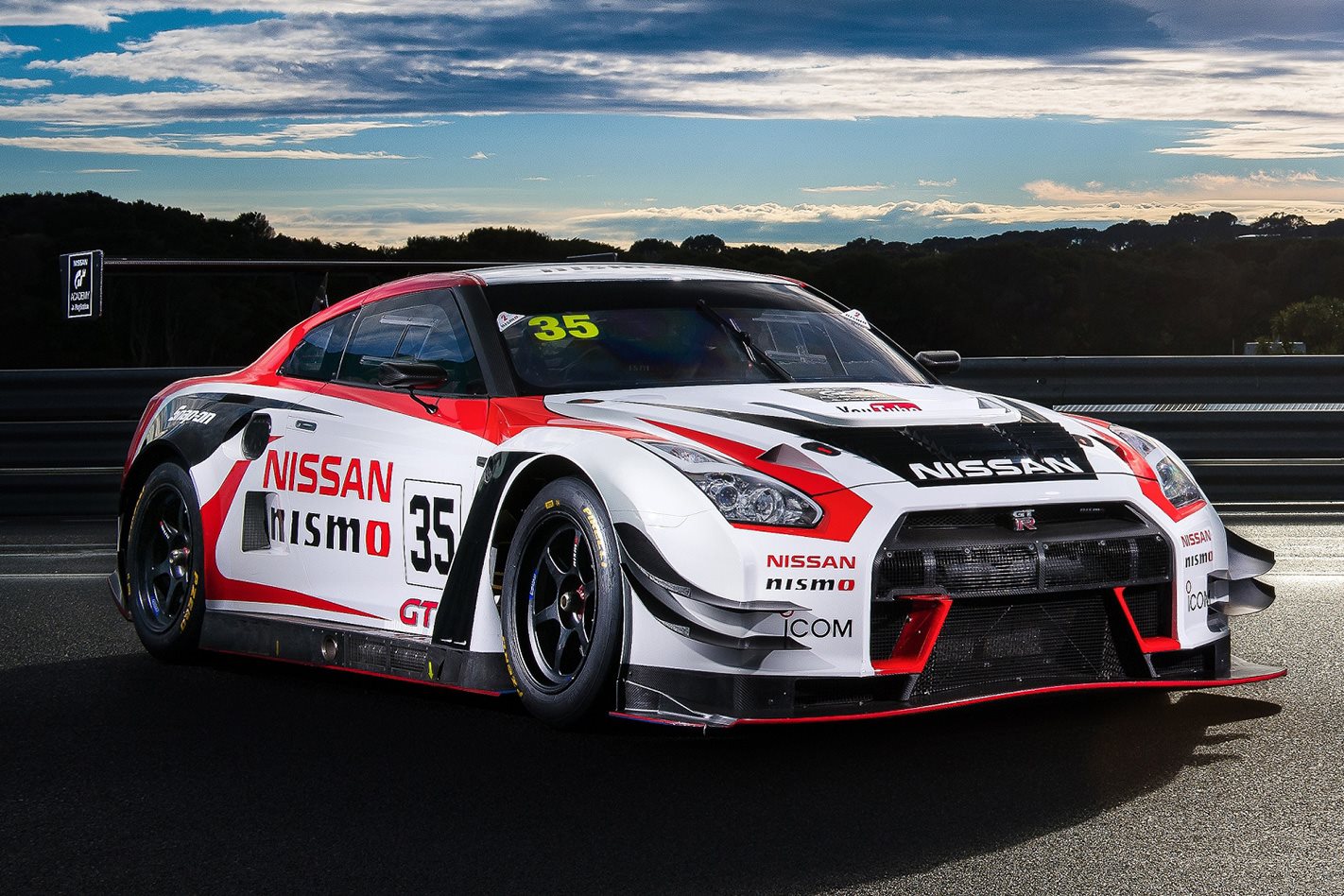
GONE are the days when high-performance variants of cars are all built alongside the standard variants. These cars require specialised work, which is where the carmakers’ performance sub-brands come in.
More than just adding a badge, performance sub-brands provide an extra dimension to mass car manufacturers in terms of motor racing, research and development, and credibility.
Their products have a flow-on effect down the range in terms of technology and desirability, with even the most bog-standard of small cars able to claim the same DNA as the hi-po racers that once adorned kids’ walls.
Here are some performance brands whose badges you’ll find among the most popular car manufacturers in Australia.
Abarth
Founded by Carlo Abarth in 1949 to produce racing and road cars, Abarth was bought by Fiat in 1971. It is now a fully owned subsidiary of the Fiat Chrysler Group and specialises in high-performance versions of Fiat cars. Current models include lively versions of the Fiat 500 and 124 Spider. Carlo’s star sign inspired Abarth’s now iconic scorpion logo.
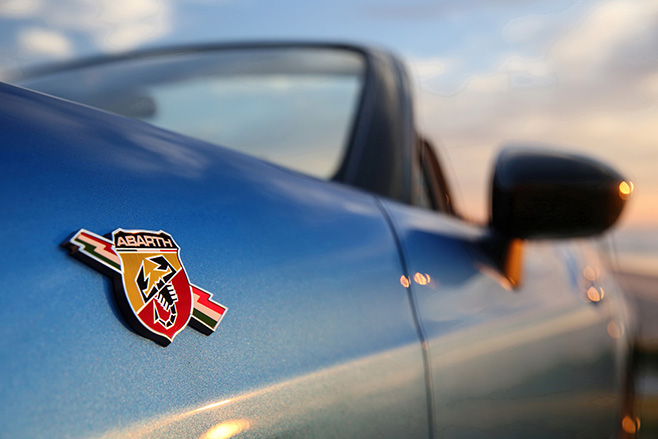
Mercedes-AMG
Taking its names from the initials of its founders, Hans Werner Aufrecht and Erhard Melcher, and their home town of Grossaspach, AMG has added extra oomph to Mercedes-Benz vehicles since the 1960s when it modified engines for touring car racing. Today, AMG is perhaps the most respected high-performance division of any manufacturer, with its products adding extra power, better handling and refinement to cars already renowned for all-round excellence.
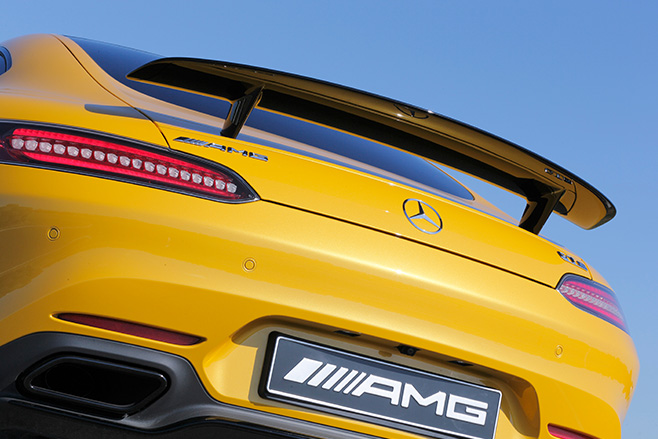
BMW M
BMW M – the “M” stands for “motorsport” – was set up to develop and run the carmaker’s racing program that dominated European touring car championships in the 1960s and ’70s. Racetrack expertise eventually made its way into BMW’s road cars, with M-badged models such as the BMW M3 and M5 standing over the rest of the BMW range with modified engines, transmissions, suspensions, interior trims, aerodynamics, and exterior modifications. Most famously, the M badge had its genesis in the failed M1 supercar project.
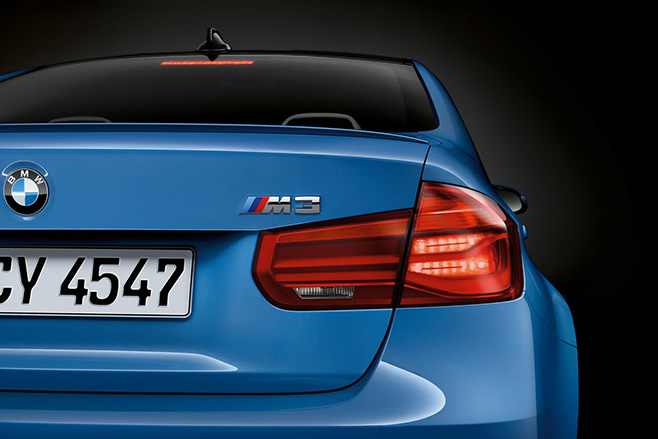
HSV
Formed as a partnership between Scottish performance guru Tom Walkinshaw and Holden after Holden’s split with Peter Brock and his Holden Dealer Team, Holden Special Vehicles has rolled out performance versions of the Commodore sedan, ute and wagon, and Statesman/Caprice long-wheelbase range – and briefly an Astra hatch – since 1987. They’ve sold under the HSV badge wearing nameplates including ClubSport, Grange and Maloo. HSV vehicles generally feature more powerful engines, better suspension and braking, more aggressive styling and plusher interiors than their Holden cousins.
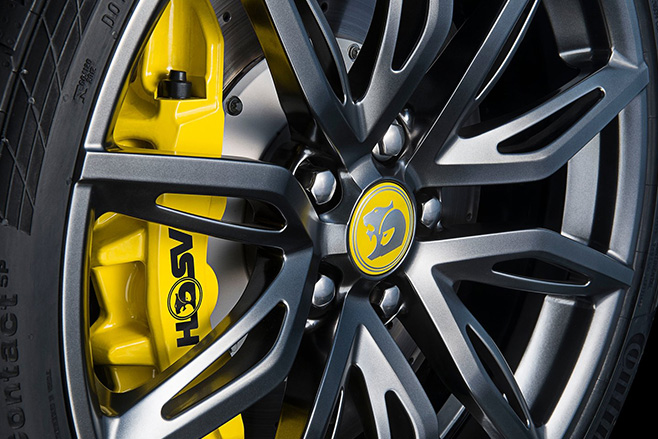
John Cooper Works
JCW has its roots in the original Mini Coopers of the 1960s, having been founded by Michael Cooper, son of the famous John Cooper whose name became synonymous with the original Mini. The JCW division was formed in 2000 and is now owned by BMW, producing tuning parts and accessories for the new Mini. These cars wear the JCW name.
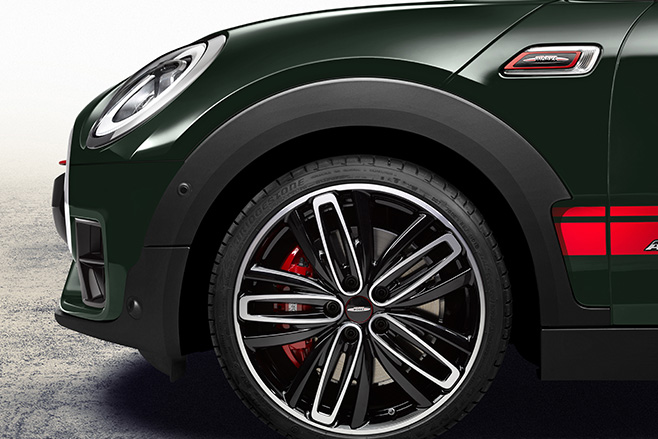
N
N is Hyundai’s upcoming performance sub brand that kicked off last year. It has since revealed three concept cars including the audacious RN30 racing hatch, and revealed it is testing a road-going turbo-powered hot hatch based on the Hyundai i30 that it claims will rival the Volkswagen Golf GTI – the hot hatch benchmark against which all others are measured. The N division is headed by Albert Biermann, a former vice-president of engineering at BMW’s M division.

NISMO
NISMO (abbreviated from “Nissan Motorsport”) is Nissan’s own tuning, motorsports and performance division. Formed in 1984, NISMO racing cars have competed in the world’s top endurance races. It has also produced tuning kits for Nissan vehicles including the 370Z and GT-R and is responsible for creations such as the Skyline GT-R R34 and the R33 Skyline 400R. Ever wondered why Nissan’s race cars seem to always use the number 23? Translate it to Japanese: two is “ni” and three is “san”.

Quattro GmbH
Named in homage of the great four-wheel-drive Group B rally cars, quattro GmbH is a private subsidiary of Audi founded in 1983 to produce high performance Audi cars and components. Its core products include the R- and RS-series high-performance Audis including the RS4, RS6 and Audi R8 supercar.
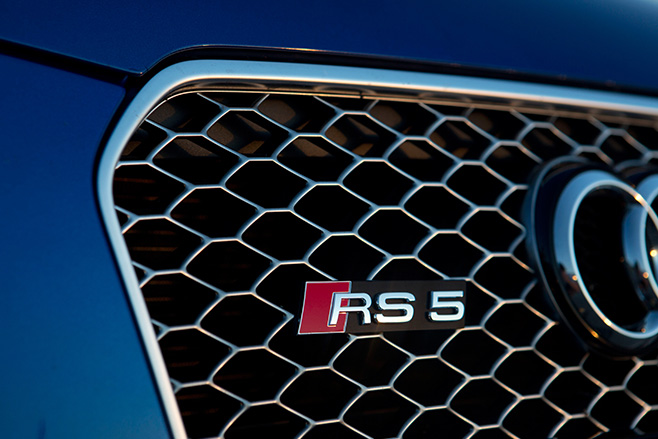
STI
Subaru Tecnica International is owned by Subaru’s parent company Fuji Heavy Industries’ motorsports division. Along with British performance outfit Prodrive, which owned the now defunct Ford Performance Vehicles in Australia, it specialises in preparing Subaru cars for the World Rally Championships and producing tuning kits for Subaru road cars including the WRX, Forester and BRZ.
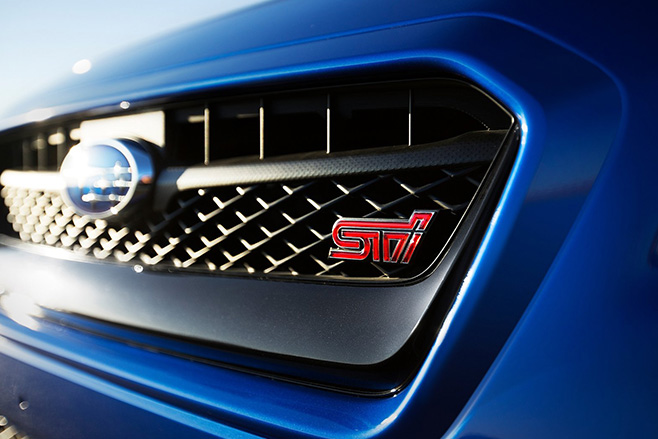
SVO
Launched in 2014, Special Vehicle Operations is the performance arm of Jaguar Land Rover producing limited-edition, high-performance versions of Jaguar, Land Rover and Range Rover models. It also provides an engineered-to-order service for wealthy customers wanting their own bespoke versions of the British luxury cars. SVO has created high-performance Jaguar F-Type SVR and Range Rover Sport SVR variants, as well as the limited-edition F-Type Project 7 and Range Rover SV Autobiography.
